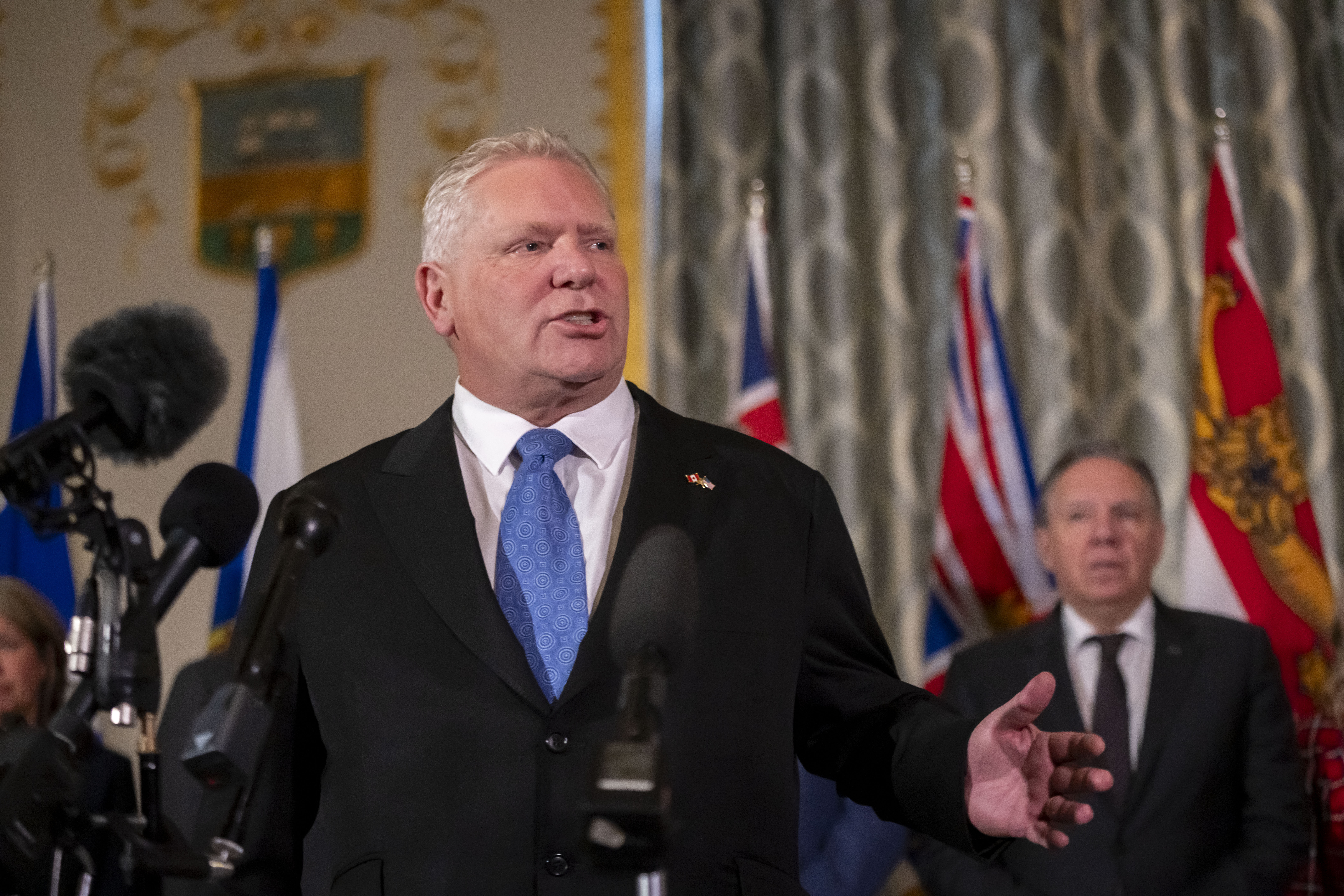Canada’s Electricity Exports to the U.S.: Navigating Recent Trade Tensions

Table of Contents
Canada and the United States share one of the world’s most integrated electricity networks, with power flowing seamlessly across the border to meet regional demands and enhance grid reliability. Historically, Canada has been a net exporter of electricity to the U.S., capitalizing on its vast hydropower resources to supply American markets. However, recent trade tensions have cast a shadow over this symbiotic relationship, prompting concerns about energy security, economic implications, and the future of cross-border electricity trade.
Canada’s Role in U.S. Electricity Supply
In 2023, the United States imported approximately 33 terawatt-hours (TWh) of electricity from Canada, accounting for about 90% of its total electricity imports.
Statista This cross-border trade has been instrumental in balancing supply and demand, especially during peak periods or unforeseen disruptions. Canadian provinces like Quebec, Ontario, and British Columbia have been at the forefront of these exports, leveraging their hydroelectric capacities to support U.S. grids.
Escalation of Trade Tensions
The harmonious energy exchange between the two nations faced turbulence when the U.S. administration, under President Donald Trump, imposed a 25% tariff on imports from Canada, with a specific 10% duty on energy imports.
bnnbloomberg.ca This move was part of a broader strategy to address trade imbalances but had unintended consequences for the energy sector.
In retaliation, Ontario Premier Doug Ford announced a 25% surcharge on electricity exports to U.S. states such as Minnesota, Michigan, and New York, set to commence on Monday.
politico.com Ford expressed regret over the necessity of this measure but emphasized the need to respond to the U.S. tariffs. He stated, “It really bothers me that we have to do this,” underscoring his preference for increased electricity and energy exports without such trade barriers.
Implications for U.S. States
The imposition of tariffs and surcharges has raised alarms among U.S. states that rely heavily on Canadian electricity. For instance, New York, New England, and the Upper Midwest have historically depended on Canadian power to stabilize their grids and meet consumer demand. The New York Independent System Operator (NYISO) highlighted the urgency of resolving these trade disputes, stating that clarity on the issue is “essential.”
Similarly, the Minnesota Commerce Department warned of a potential “manmade crisis” leading to higher energy bills for consumers.
politico.com The interconnected nature of the North American power grid means that disruptions or increased costs in one area can have cascading effects, potentially leading to higher electricity prices and compromised grid reliability.
Grid Stability Concerns
Beyond the immediate economic ramifications, there are pressing concerns about grid stability. The North American Electric Reliability Corporation (NERC) cautioned that restricting electricity and gas supplies between the U.S. and Canada could jeopardize grid stability for both countries.
Financial Times The interdependent relationship for power supplies means that imports and exports are crucial for meeting demand and balancing the grid. Any significant disruption could lead to reliability issues, especially during extreme weather events or unexpected surges in demand.
Legal and Operational Ambiguities
The implementation of these tariffs has also led to legal and operational uncertainties. Grid operators, such as ISO New England, have expressed confusion over the applicability of the tariffs to electricity imports and the mechanisms for collecting and remitting these duties. Without clear guidance, operators face challenges in compliance, with potential financial risks looming. ISO New England indicated that, in a worst-case scenario, the lack of a cost-recovery mechanism could force the organization to seek bankruptcy protection.
Economic Ramifications
The financial implications of these trade measures are substantial. In 2022, Canada’s revenue from electricity exports to the U.S. reached a record high of $5.8 billion, driven by favorable market conditions and increased U.S. wholesale power prices.
cer-rec.gc.ca However, with the new tariffs and potential surcharges, the cost dynamics are poised to shift. U.S. consumers in affected states may experience higher electricity bills as utilities pass on the increased costs. Moreover, Canadian exporters could see reduced demand if U.S. buyers seek alternative, more cost-effective sources.
Looking Ahead
The current trade tensions underscore the delicate balance inherent in international energy cooperation. Both nations benefit from the integrated electricity network, and prolonged disputes could harm consumers, businesses, and the broader economy on both sides of the border.
Diplomatic efforts are crucial to resolving these issues. Engaging in constructive dialogue, possibly revisiting the terms of trade agreements, and considering the long-term benefits of cooperation over short-term protectionist measures could pave the way forward. As the situation evolves, stakeholders must prioritize energy security, economic stability, and the resilience of the shared power grid.
In conclusion, while Canada does supply electricity to the U.S., recent developments have strained this relationship. The imposed tariffs and subsequent retaliatory measures have introduced complexities that require careful navigation to ensure that the longstanding partnership in energy trade continues to thrive for the mutual benefit of both nations.
Escalating Trade Tensions Threaten U.S.-Canada Electricity Trade
Ontario premier sticks to electricity tariffs despite Trump trade reversal

nypost.comCanadian premier threatens to cut off US electricity exports ‘with a smile on my face’ as Trump’s trade war rages: ‘They need to feel the pain’2 days agoreuters.comTrump’s tariffs on Canada could make US power bills even pricier
You can also try our vape products : raz official , raz dc25000 , raz 25k



